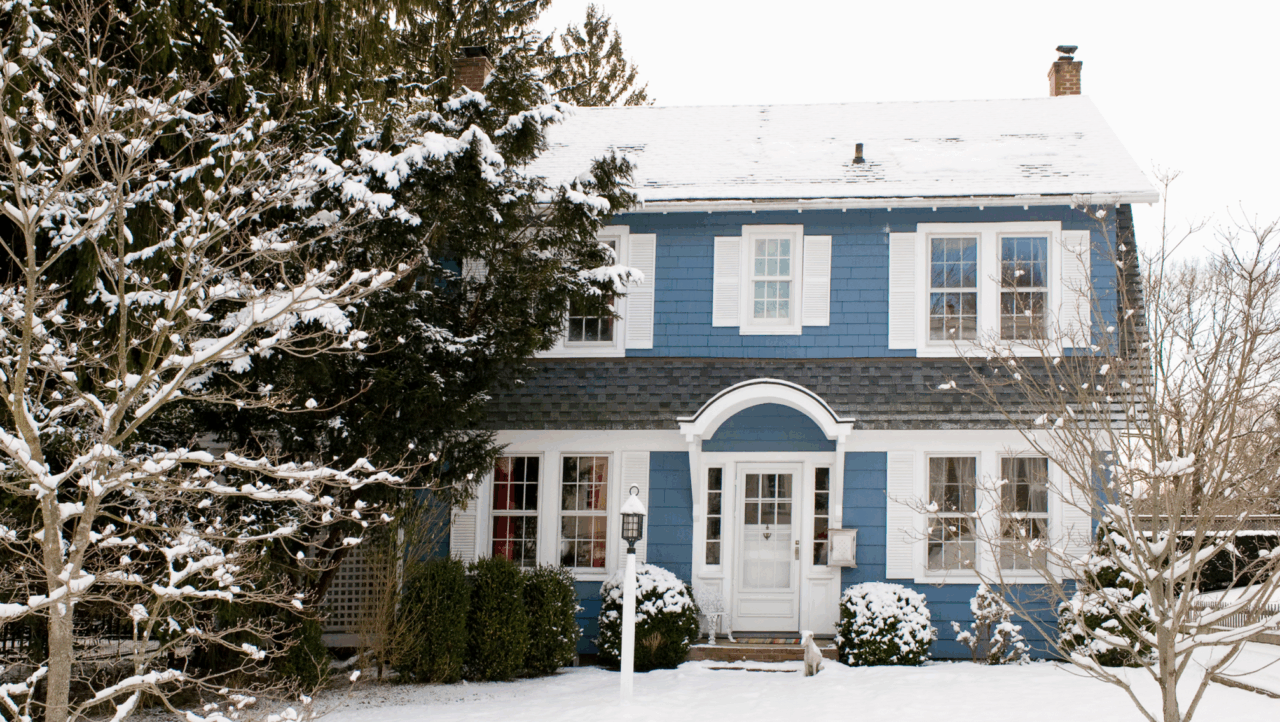How to Measure the Square Footage of a Home
One of the most confusing and misleading metrics in real estate is area — the "size" of a house.


Written by Alycia Lucio on March 28, 2025
Like most aspects of owning or purchasing a house, measuring the square footage of a home is complicated. There's no established standard for measuring a residential property, and everyone seems to measure square footage of a house differently. But if you get it wrong, it can affect your home's value.
There's no need to be nervous about calculating your home's square footage. We'll show you just how easy it actually is to measure a home’s square footage accurately.
How to calculate square footage
For most people, the gross floor area or gross living area (GLA) of a home is what they’re thinking when they hear “square footage.” Gross living area is the total finished and accessible living space of a home.
Here's how to calculate the square footage of a house:
- Sketch a floor plan of the home’s interior.
Draw each floor separately, and don’t include unfinished areas, patios, porches and exterior staircases.
- Break down the house into measurable rectangles.
The more rectangles the better. This takes the guesswork out of rooms or hallways that don’t have perfectly flush walls.
- Measure the length and width of each rectangle.
Round your measurements off to the nearest 0.5 linear foot. For instance, 13.1 rounded to the nearest 0.5 linear foot is 13.0.
- Calculate the area of each section.
Multiply the rectangle’s length by its width to get the area in square feet. Write this number down in the corresponding space on your sketch.
- Add up the total area.
Sum up the square feet of each rectangle to measure the total square footage of the house. Round the total off to the nearest square foot.
What to leave in (and take out of) the square footage
Garage space is not included in square footage, and many standards do not count basements (even if they’re finished) in overall square footage. Either way, make sure to measure the basement’s square footage for your records — you can still include it in any future property listings.
Conversely, finished attic space that's fit for habitation and boasts at least seven feet of clearance should be included in your gross living area. The same is true for any additional stories in the house.
For example, suppose you're describing a two-story home with a 1,500-square-foot first floor, 1,000-square-foot second floor, and 800-square-foot finished attic. You could list it as 3,300 square feet with 1,000 square feet of unfinished basement and a 600-foot garage. But to describe it as a 4,900-square-foot house would mislead potential buyers about the size, and unfairly boost the property's value.
Takeaways:
- Include attic space with at least 7 feet of clearance in your square footage.
- Include additional stories in the house's square footage.
- Exclude garages from your square footage measurement.
- Basements are typically not included in square footage (even if finished).
Discrepancies in measurement
Because square footage is so vital in appraising a home, it’s important to pay close attention to what is being measured.
Some sellers may include an unfinished basement in their square footage, giving you an inaccurate picture of the livable portion of the home.
And architects and appraisers often calculate square footage by using exterior walls, which may conflict with a property's GLA figure.
Regardless of how you measure your square footage, be transparent when selling, and diligent when buying.
If you claim that your home is 2,000 square feet based on your builder’s floor plans, and a buyer’s appraiser brings back a figure of 1,600, you could lose the sale or need to lower your price.
Similarly, as a buyer, make sure to do your research and get an independent square footage to ensure you’re getting what you pay for.
Find and claim your home on Zillow to see its recorded square footage and make edits as needed.



